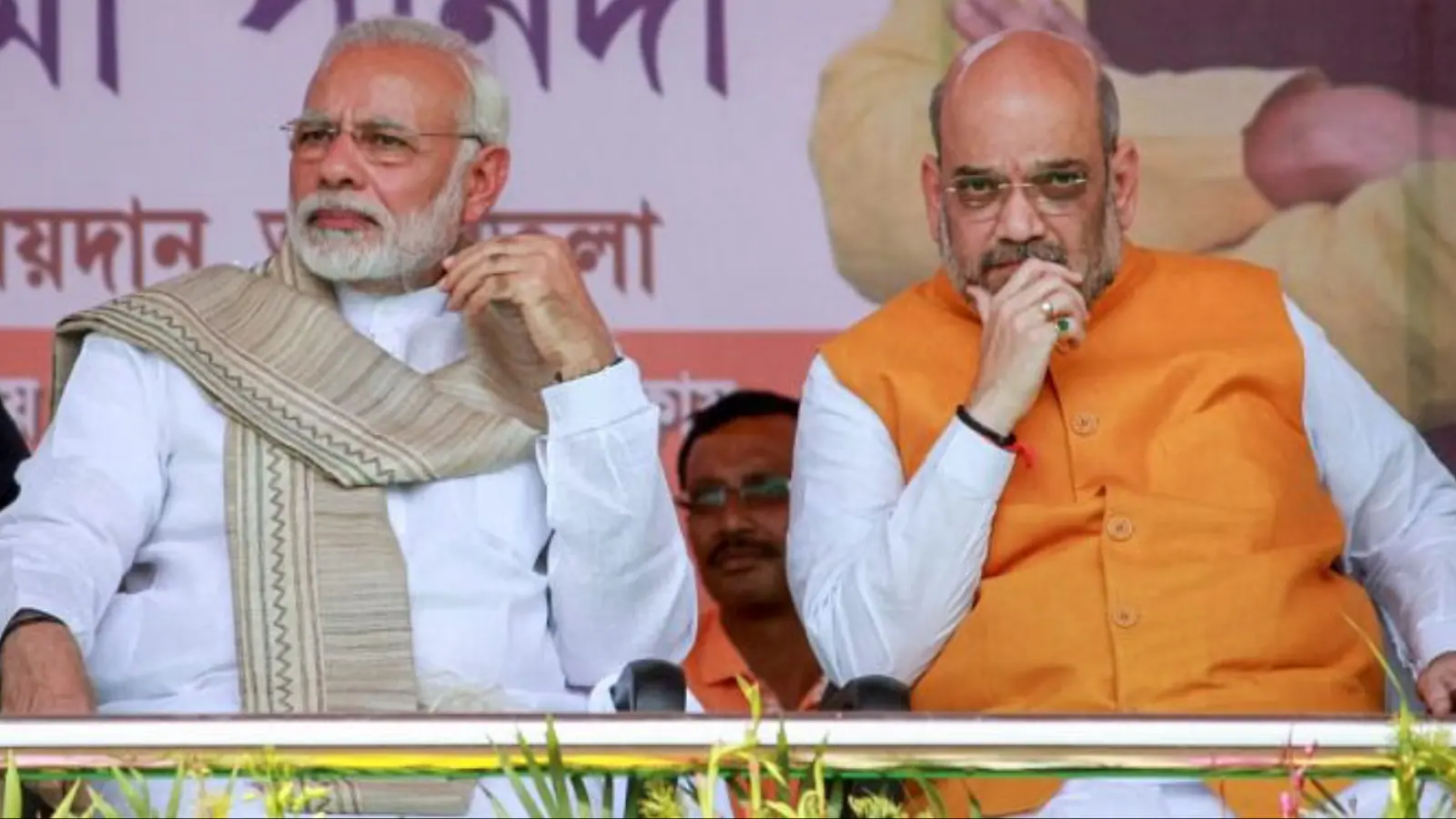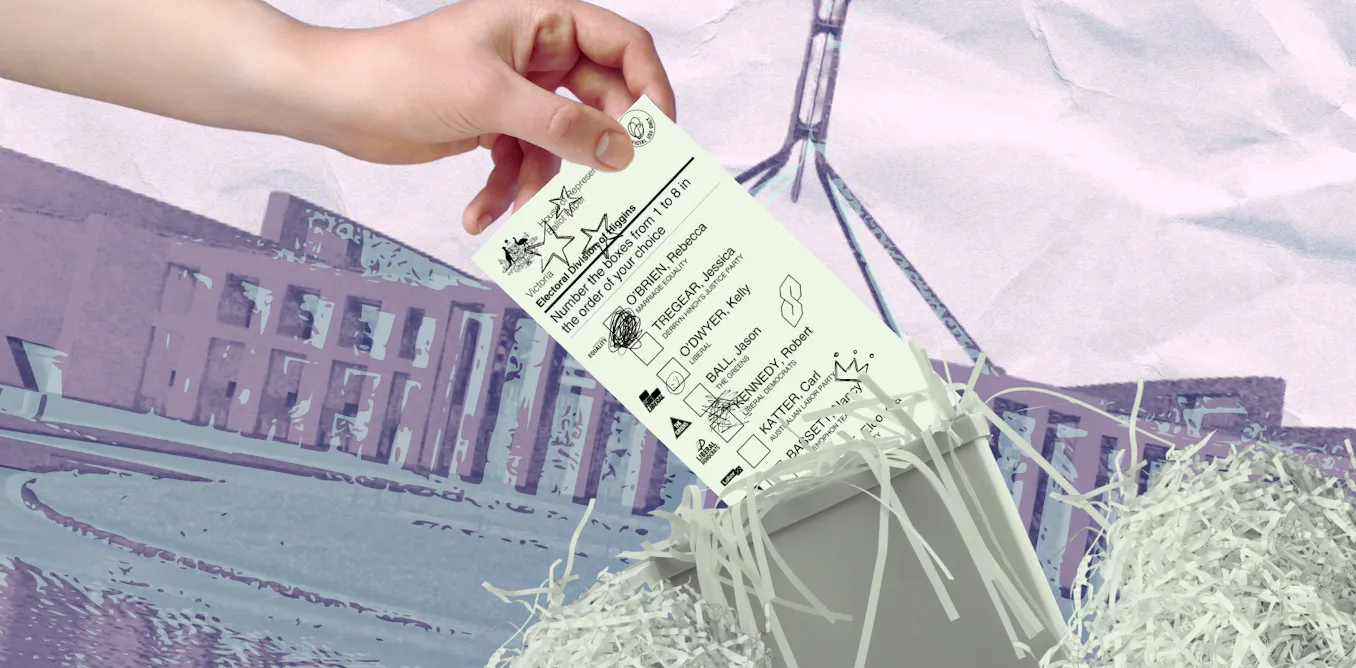Copyright news18

When Prime Minister Narendra Modi stated aboard INS Vikrant that India was “on the verge of eradicating Naxal-Maoist terror”, the declaration carried historical significance. It marked the near culmination of a six-decade struggle against one of independent India’s most enduring internal security challenges. What began in 1967 in the small village of Naxalbari as a peasant uprising inspired by Maoist ideology eventually engulfed vast stretches of central and eastern India, forming what came to be known as the “Red Corridor.” For decades, this insurgency exposed deep fissures in India’s development trajectory. A decisive transformation began in 2015 with the Government of India’s adoption of the National Policy and Action Plan to Address Left Wing Extremism (LWE). The framework moved beyond ad-hoc policing responses to a calibrated and institutional approach that integrated security operations with development, rights-based empowerment, and local participation. The policy recognised that insurgency could not be defeated solely by coercive means. It had to be met with the restoration of governance and the delivery of justice in areas where the state had historically been absent. This integrated doctrine rested on five pillars. The first was the strengthening of security capacity through actionable intelligence, modern equipment, and specialised forces such as the Greyhounds, the COBRA battalions, and the Bastariya Battalion. The second was the infrastructure push that followed territorial reclamation, with road and bridge construction under the Road Connectivity Project for LWE Areas and thousands of fortified police stations ensuring a permanent state presence. The third was financial inclusion, achieved through the opening of over a thousand bank branches, hundreds of ATMs, and the deployment of nearly 40,000 banking correspondents in previously unbanked regions. The fourth was human development, anchored in new Industrial Training Institutes, Skill Development Centres, and Eklavya Model Residential Schools that provided employment pathways for tribal youth. Finally, the fifth pillar involved community engagement and rights, implemented through the Civic Action Programme and enforcement of the Forest Rights Act, which restored legal ownership and dignity to local populations. The cumulative effect of these measures is now visible in both numbers and narratives. Incidents of Maoist violence have fallen by more than eighty per cent since 2010, and fatalities among civilians and security personnel have declined by eighty-five per cent. The number of affected districts has dropped from 126 in 2014 to only eleven in 2025. Areas once synonymous with conflict, such as Abujmarh, north Bastar, and parts of Jharkhand and Odisha, have been declared free of Naxal influence. More than 8,000 cadres have surrendered in the past decade, including senior commanders of the Communist Party of India (Maoist). These results reflect the government’s commitment to what scholars of counter-insurgency term the “clear, hold, and build” doctrine. Territory must first be cleared through decisive security action, then held through a sustained administrative presence, and finally built through developmental delivery. The Modi government’s implementation of this doctrine has been remarkably consistent. It combined the establishment of law and order with parallel efforts to deliver welfare schemes, roads, healthcare, and digital services. As a result, many districts that once operated under parallel “jan adalats” are now participating in panchayat elections and local governance. Another critical dimension of the recent success has been the financial disruption of insurgent networks. The National Investigation Agency and the Enforcement Directorate have employed the Prevention of Money Laundering Act to trace and seize funds raised through extortion, illegal mining, and front organisations. This financial chokehold has deprived Maoist groups of resources that once sustained their logistics and propaganda operations. It also signalled a shift from reactive law enforcement to proactive deterrence through economic accountability. The campaign’s effectiveness also lies in the federal coordination it fostered. The Ministry of Home Affairs established a unified command structure that integrated operations across Chhattisgarh, Jharkhand, Odisha, Maharashtra, and Telangana. Regular inter-state reviews, intelligence sharing, and joint task forces replaced fragmented efforts of the past. Central assistance through schemes such as the Security Related Expenditure and the Special Central Assistance provided targeted funding for critical infrastructure and police modernisation. Political clarity reinforced administrative consistency. Home Minister Amit Shah’s unequivocal formulation (welcoming those who surrender while promising decisive action against those who persist with violence) balanced compassion with deterrence. It echoed classical theories of statecraft that combine legitimate coercion with the extension of rights. This equilibrium has been central to what political theorist Francis Fukuyama describes as the evolution of “high-capacity states”, where authority and accountability advance together. The transformation of the “Red Corridor” into a network of growth corridors is not merely a metaphor. It represents a structural change in the political economy of the region. Highways and mobile towers have connected markets. Schools and hospitals have replaced fear with opportunity. The aspirational discourse of Swadeshi and entrepreneurship has replaced the rhetoric of class struggle. Diwali celebrations in former Naxal strongholds, mentioned by the Prime Minister during his address to the armed forces, capture this moral transformation as much as the statistical one. The economic multiplier effects of peace are also visible. Local entrepreneurship in forest produce, tourism, and small-scale manufacturing is expanding. The shift from a “conflict economy” sustained by coercion and extraction to a “community economy” based on participation and productivity signifies the return of normalcy and legitimacy to state institutions. Even as the country approaches the government’s target of eliminating Naxalism by March 2026, the final phase requires sustained vigilance. Rehabilitation of surrendered cadres, fair implementation of land and forest rights, and continuous investment in education and employment remain essential to prevent ideological relapse. Development must be accompanied by dignity; governance must be empathetic as well as efficient. The lesson of Naxalbari was that alienation breeds extremism. The lesson of Bastar today is that inclusion extinguishes it. India’s counter-Naxal experience offers a replicable framework for addressing internal conflicts elsewhere. It demonstrates that security and development are not opposing paradigms but complementary instruments of state legitimacy. The success of the National Policy and Action Plan shows the importance of political continuity, institutional coordination, and local empowerment. It also illustrates how the state can reclaim both territory and trust through sustained investment rather than episodic force. A decade ago, Left-Wing Extremism was routinely described as India’s gravest internal security threat. Today, it is a diminishing phenomenon, confined to isolated pockets. The transformation has been achieved not only through the strength of arms but through the endurance of governance. The Indian state, once hesitant and reactive, has learned to act with both firmness and foresight. The author (X: @adityasinha004) writes on macroeconomic and geopolitical issues. Views expressed in the above piece are personal and solely those of the author. They do not necessarily reflect News18’s views.



